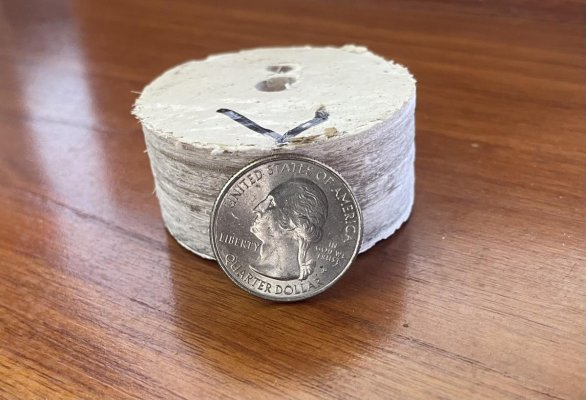catspajaumas
Member
1973 CHB Sedan trawler.
Need to know thickness of floor in the bilge.
Need to replace generator thru hull seacock mushroom.
Any ideas?
Thanks
Need to know thickness of floor in the bilge.
Need to replace generator thru hull seacock mushroom.
Any ideas?
Thanks


